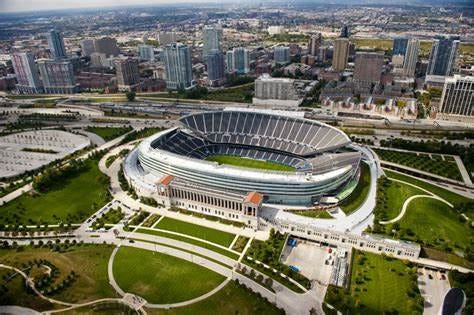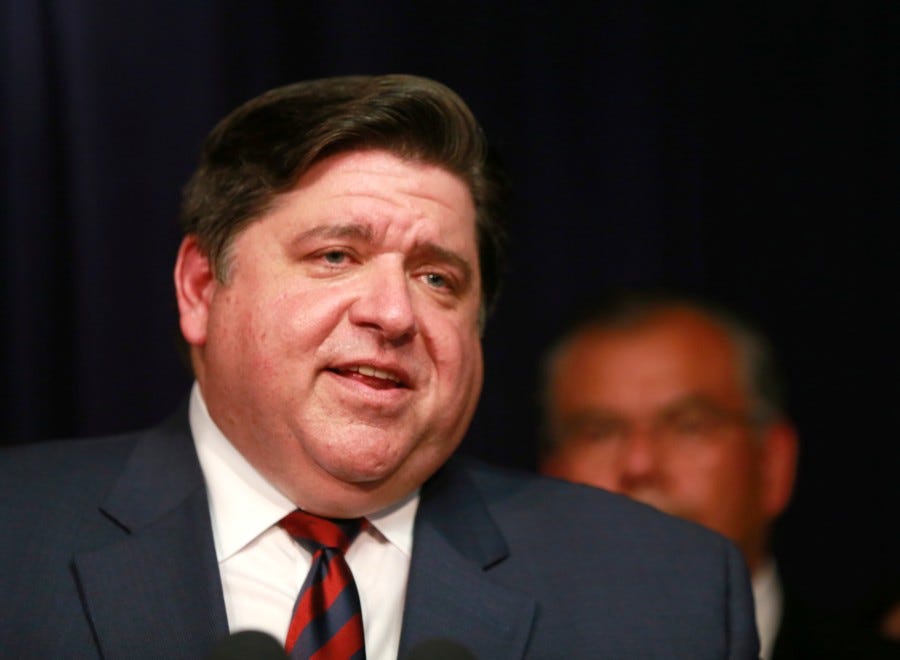When one of the labor unions at a major U.S. automaker gets a new contract, workers at the other plants vie for an equal or more generous contract at their facility. What the Chicago Bears have proposed for a lakefront stadium rings similar
The team’s proposal includes securing approximately $2 billion in public dollars to develop what undoubtedly will be a state-of-the-art facility. There is some public tussling over whether the Bears should get a new stadium or give Solider Field another makeover. There is, however, no groundswell of support for the team getting a new stadium and taxpayers being asked to foot the bill, or at least part of it.
Even before the team’s formal announcement last week that spelled out the funding package, team officials knew they were on the wrong side of the issue with Gov. JB Pritzker. Pritzker already was on record noting there was “no appetite” for public funding for any news sports stadium.
is sentiments were echoed by House Speaker Emmanuel Chris Welch.
What the Bears know is that precedent is on their side. Of the 32 National Football League stadia, only four are privately owned; and Raymond James Stadium where the Tampa Buccaneers play is 100 percent publicly funded So, it makes sense for the Chicago Bears to put forth a proposal that follows the lead of the majority of their counterparts-very much like the labor unions in the auto industry.
The overwhelming majority of the 32 NFL teams were built with some combination of public and private dollars. Nearly 60 years ago in 1965 when the Houston Astrodome was built, the wheels started churning that changed pro sports stadia until now. The Bears may be ushering in the next iteration of stadia with their proposal.
Although the Bears have identified that the stadium and accompanying amenities will ring in at slightly more than $4 billion; media accounts declare the facility will have a price tag of about $2 billion more than stated; and the majority of that will fall on taxpayers. No outlet has identified specifically how much individual taxpayers would incur with either cost.
On several occasions the team has pointed out that a new stadium has the potential to attract events that Soldier Field cannot accommodate. Even though a new stadium would be competing with the long-established amateur sports capitol of the U.S. three hours away in Indianapolis, In.; there are countless other events that can bolster the facility’s finances.
During its lifetime stating in 1975, the Pontiac, MI. Silverdome, besides being the home of the Detroit Lions, set two records for attendance for non-traditional events in same year- the visit of Pope Paul II and Wrestlemania III. Those events drew 90,000 and 93,000 spectators, respectively. The Silverdome also hosted the first “Rust Belt” Super Bowl. In 1994, FIFA awarded the Silverdome a series of World Cup Games-the largest sport in the world. Concerts featuring Michael Jackson, and another one with the Rolling Stones also set attendance records there for their time,
It is imperative to keep in mind what the Bears have trotted out is a proposal and with proposals there is always some negotiation. Honestly, with Mayor Brandon Johnson at the negotiating table; the city is immensely outmatched. The Bears president is speaking and negotiating from a position of someone who was at the helm of engineering a new stadium (Minnesota Vikings). And he has held key executive positions with other NFL teams
.
Chicago needs to recruit and retain a firm or individual whose credentials match or at least come close to the Bears president, rather than listen to emotionally charged stadium naysayers. When was the last time Chicago had a $4 billion project? The city needs this new stadium as much as the team does.








